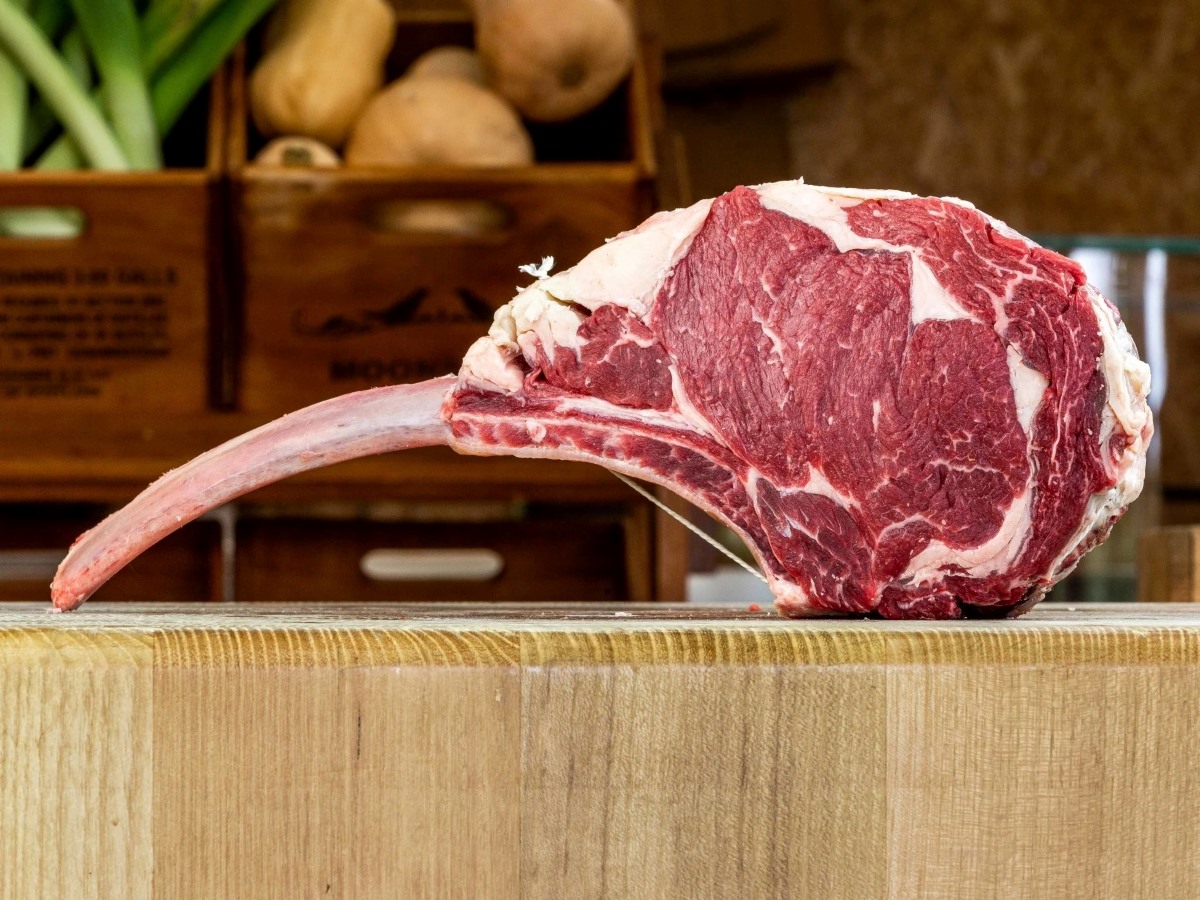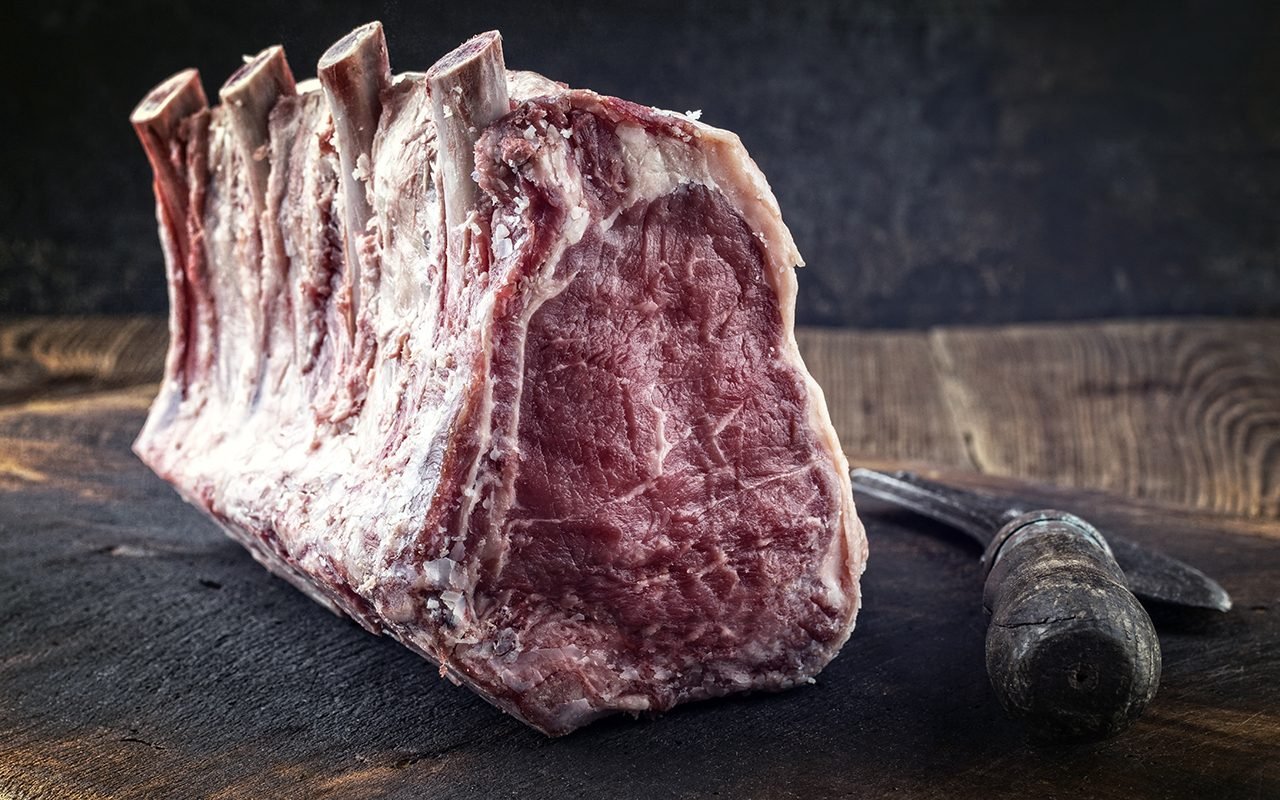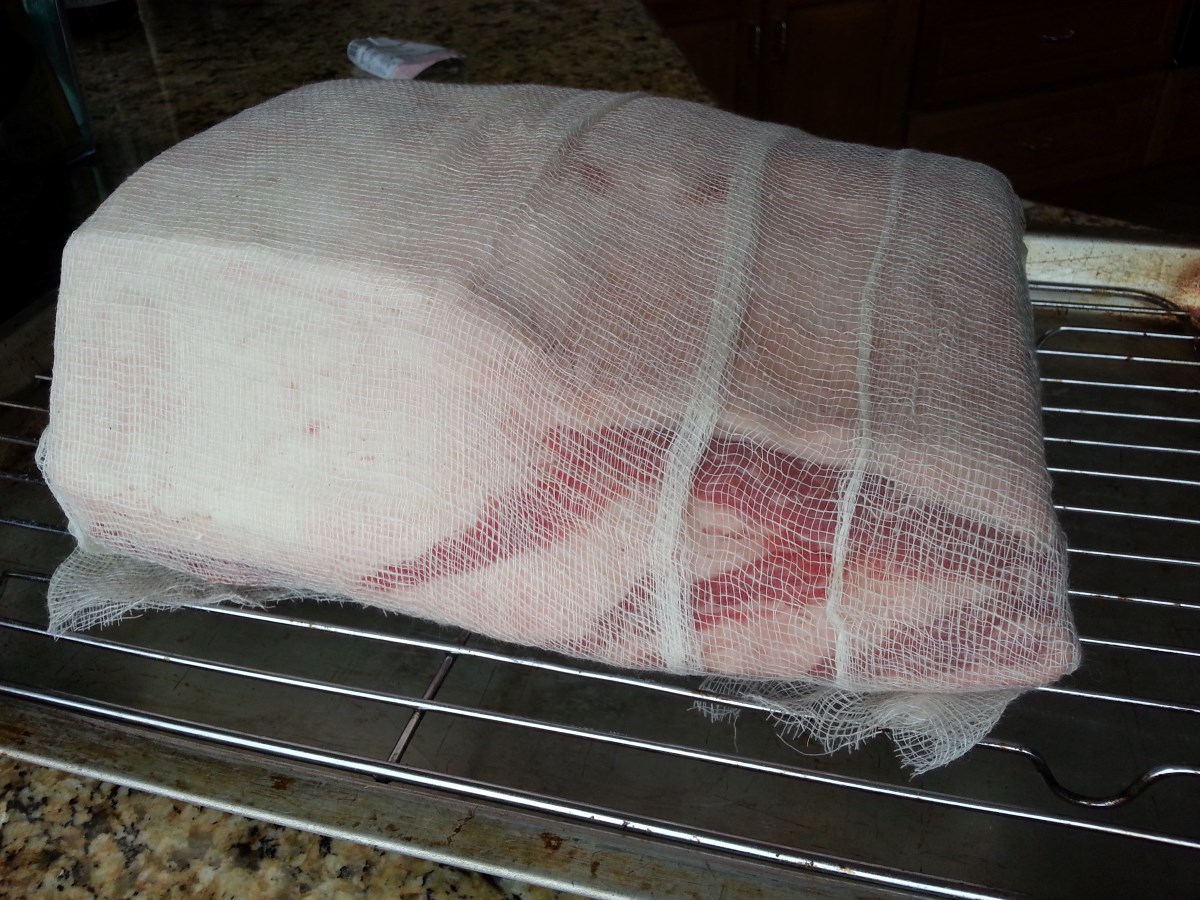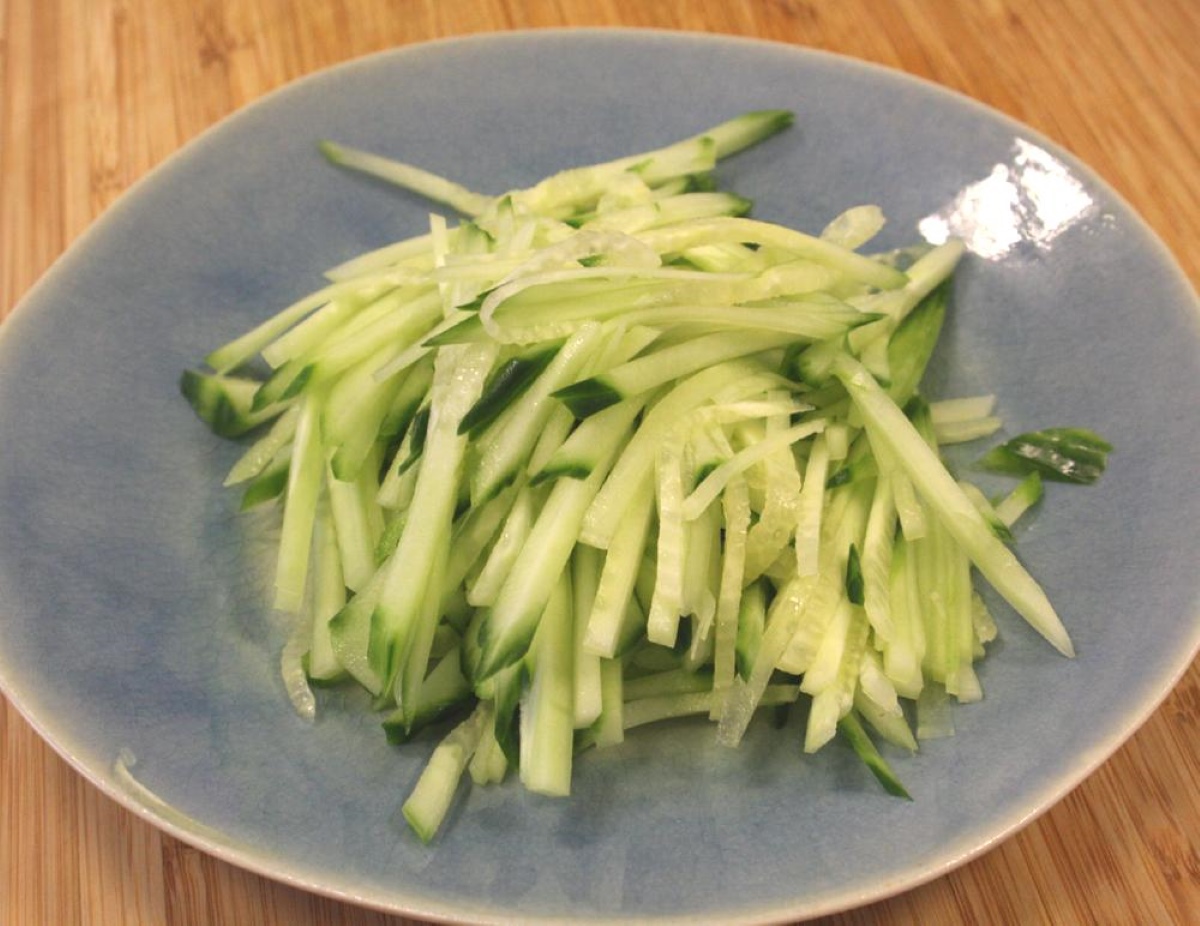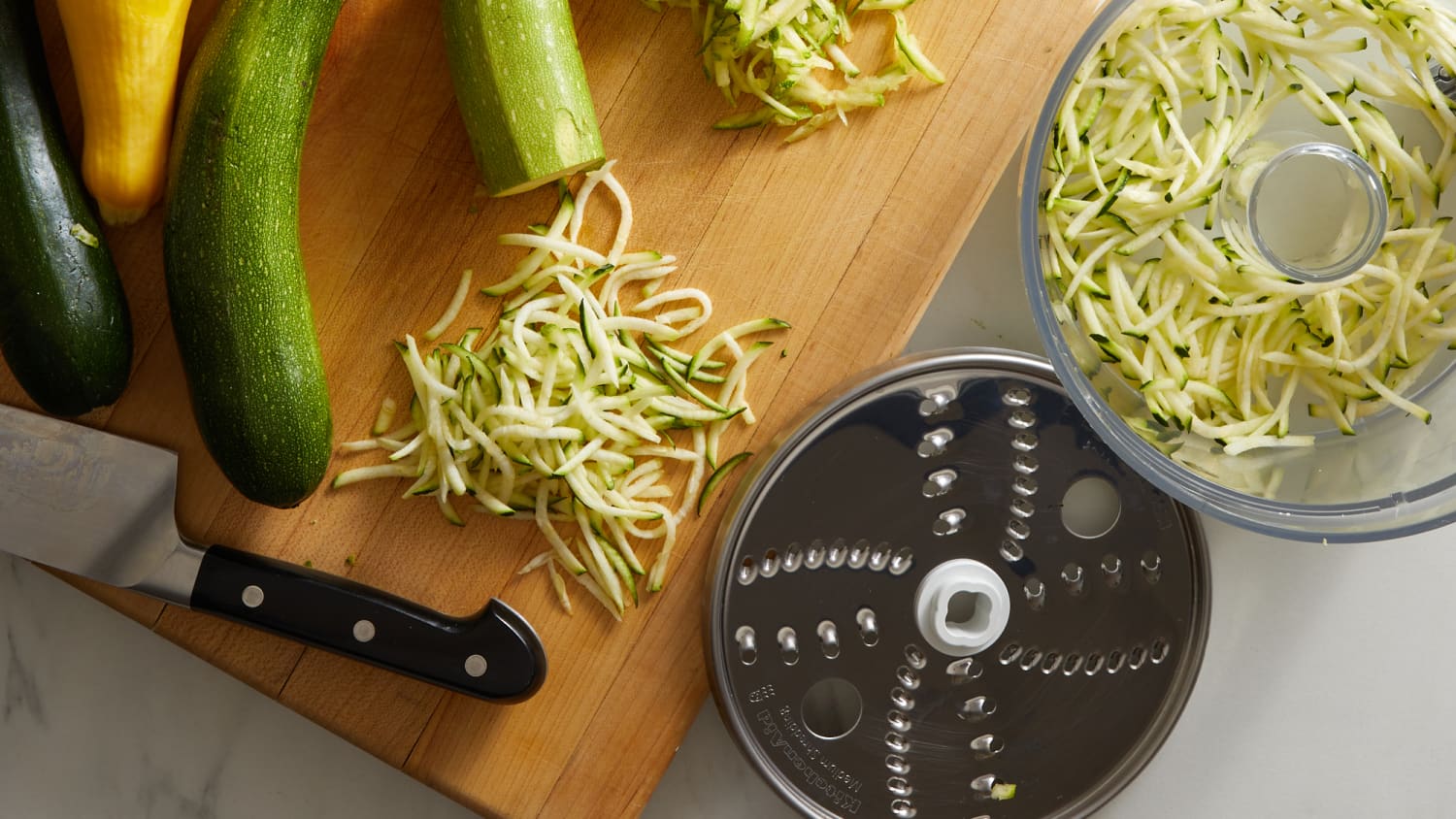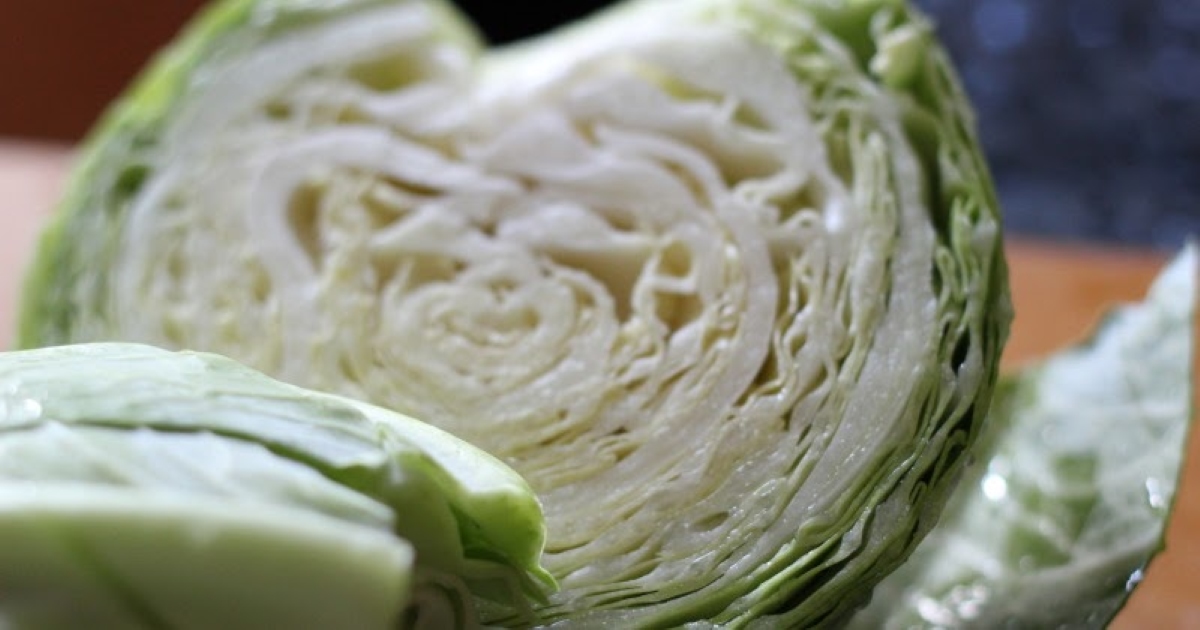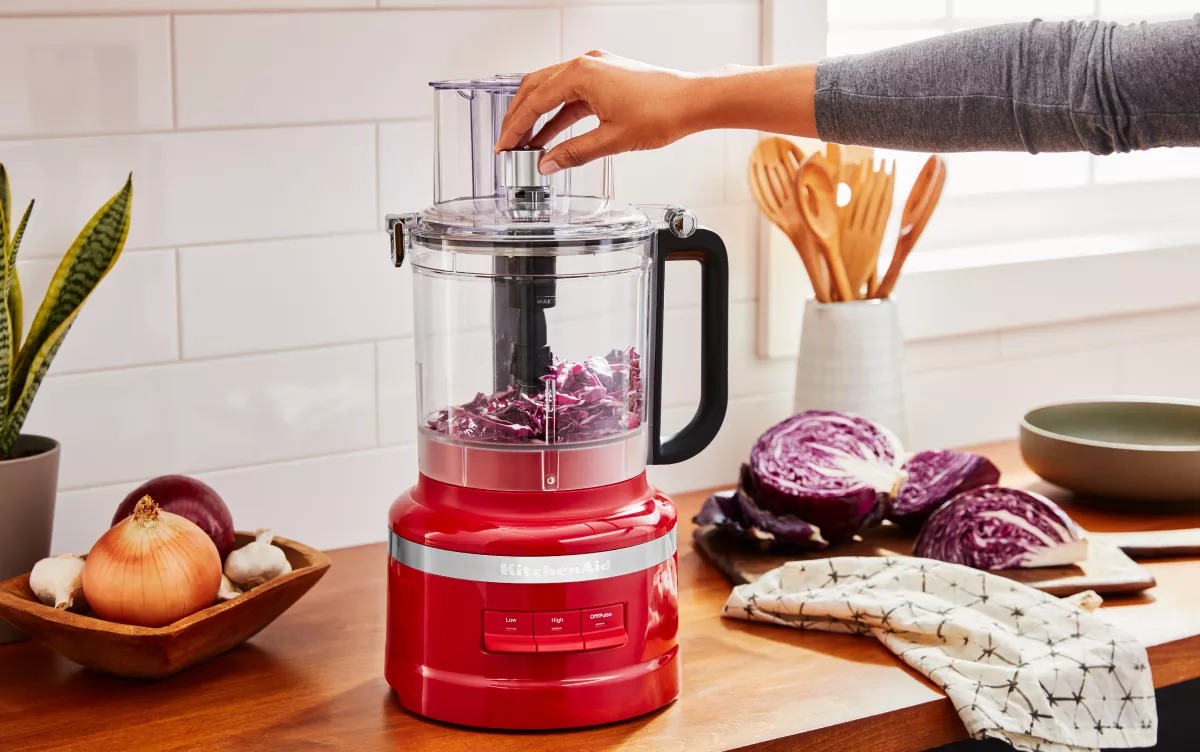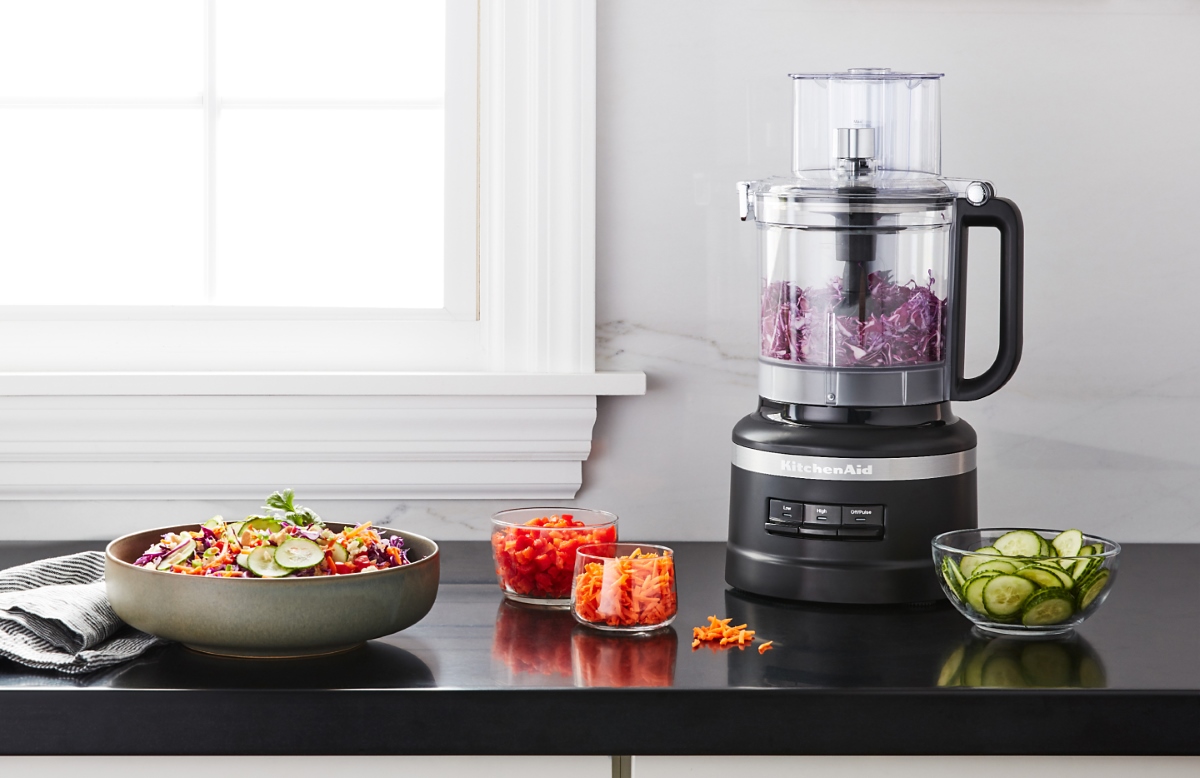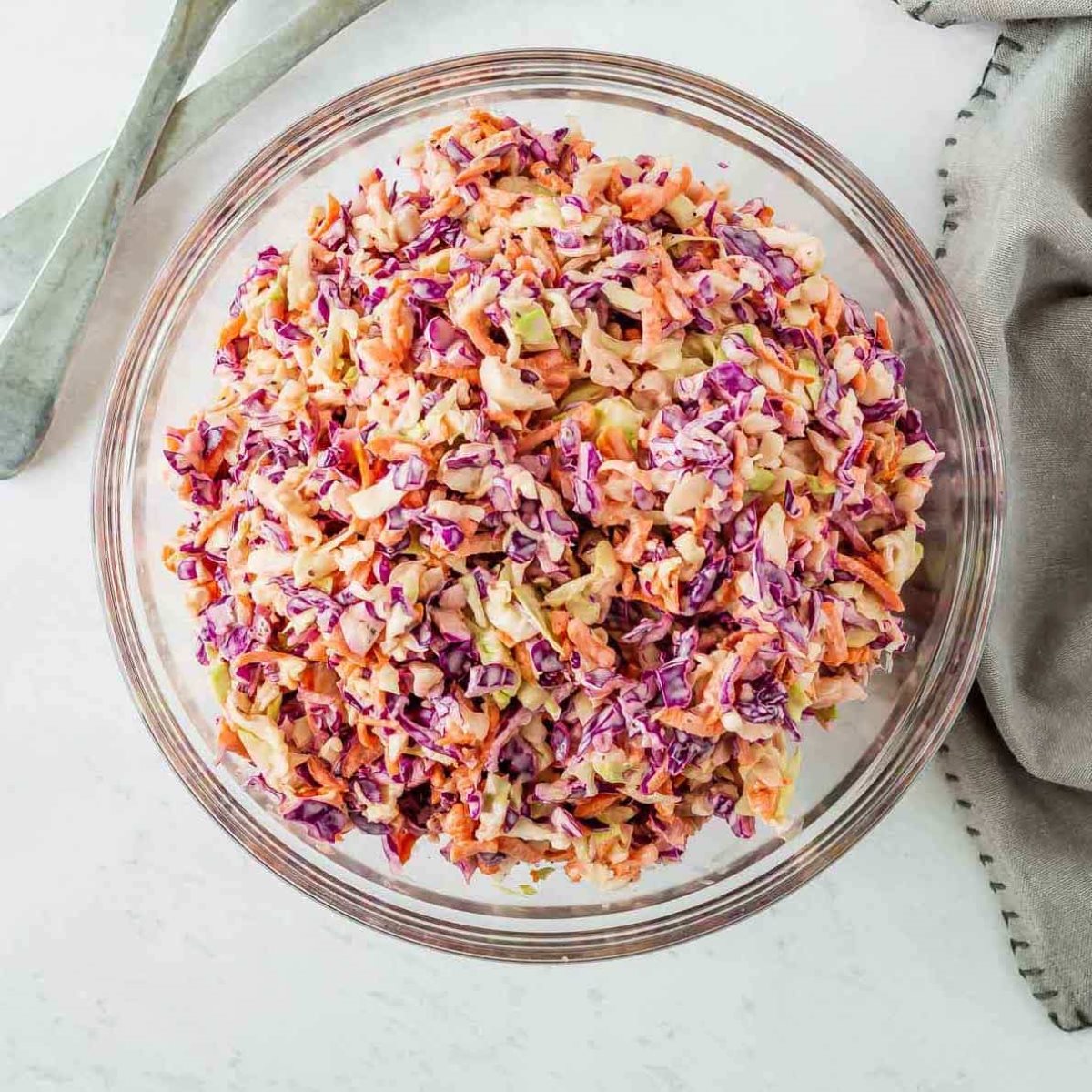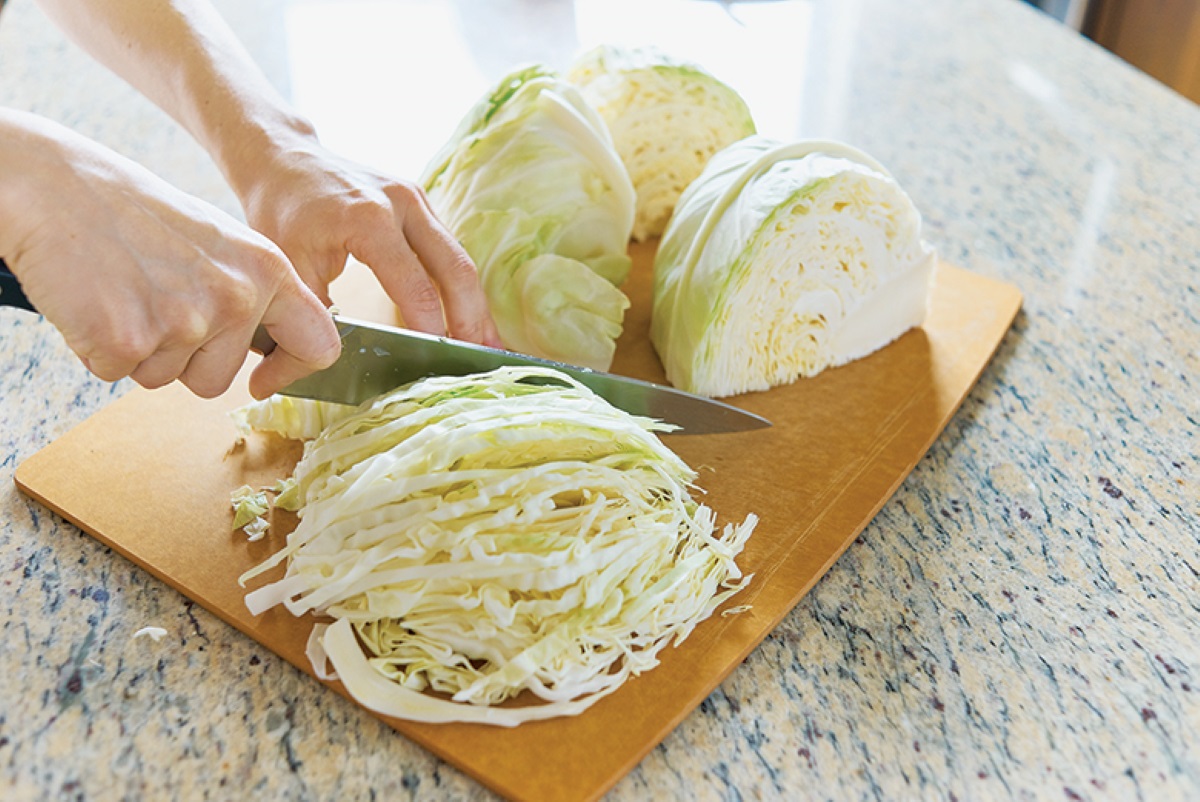What is Dry Aging Fish?
Dry aging fish is a process that involves storing the fish in a controlled environment for a period of time to enhance its flavor and texture. This method allows the natural enzymes in the fish to break down the proteins and tenderize the flesh, resulting in a more intense and complex flavor.
Choosing the Right Fish for Dry Aging
Not all types of fish are suitable for dry aging. It is important to select fish with a high fat content and firm flesh, such as salmon, tuna, or mackerel. These types of fish are better able to withstand the dry aging process and develop a rich, concentrated flavor.
The Dry Aging Process
The key to successful dry aging is controlling the temperature and humidity levels. The fish should be stored in a refrigerator set to a temperature just above freezing, typically around 32°F to 36°F (0°C to 2°C), with a humidity level of around 80% to prevent the fish from drying out too quickly.
Here are the steps to dry age fish:
- Start with fresh, high-quality fish.
- Clean the fish thoroughly, removing any scales and entrails.
- Pat the fish dry with paper towels to remove excess moisture.
- Place the fish on a wire rack or a perforated tray and set it in the refrigerator.
- Allow the fish to dry age for a period of 7 to 21 days, depending on the desired flavor intensity.
Monitoring the Dry Aging Process
It is important to regularly check on the fish during the dry aging process to ensure that it is developing properly. Look for signs of dryness or spoilage, and adjust the temperature and humidity levels as needed to maintain the ideal conditions.
Benefits of Dry Aging Fish
Dry aging fish can result in a more concentrated and complex flavor profile, with a firmer texture and a richer taste. The natural enzymes in the fish work to break down the proteins, resulting in a more tender and succulent end product.
Using Dry Aged Fish
Once the fish has completed the dry aging process, it can be used in a variety of culinary applications. It can be grilled, seared, or smoked to enhance its flavor, or used in raw preparations such as sashimi or ceviche to showcase its natural taste and texture.
Conclusion
Dry aging fish is a technique that allows for the enhancement of flavor and texture, resulting in a more intense and complex culinary experience. By selecting the right type of fish and carefully controlling the dry aging process, it is possible to achieve exceptional results that will elevate any dish.
Was this page helpful?
Read Next: How To Dry Age Tomahawk Steak
